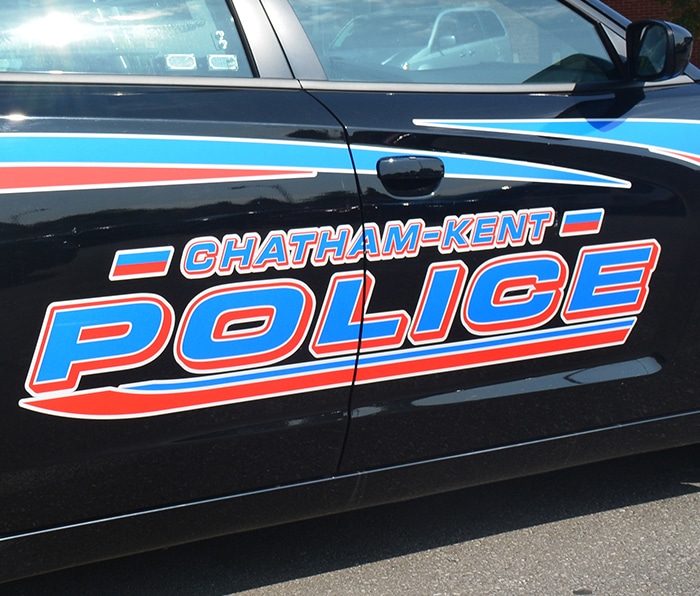
When a woman faces the difficult decision of how and when to leave an abusive situation, knowing that no door is the wrong door to open can be life-saving.
Agencies in Chatham-Kent that assist and support families in crisis are working together to make the process of getting the right help easier and more co-ordinated.
Leaders from Chatham-Kent Children’s Services, the Chatham-Kent Women’s Centre and Family Service Kent sat down May 28 to sign a collaboration agreement that will ensure co-ordination of services and a better understanding of the role each agency has in ensuring the safety and well-being of abused women and children.
LEADWAVE Technologies from Chatham Voice on Vimeo.
Women’s Centre executive director Hal Bushey said while an agreement was in place, the three agencies put a lot of work into re-visiting and modernizing a new agreement.
“The intent is to ensure the safety and protection of children in this community, recognizing the unique challenges for women fleeing abusive situations,” Bushey explained.
Brad Davis, executive director of Family Service Kent, said he is glad to be a part of the process, and recognizes that the needs of some of the families his organization serves are complex and can overlap with the mandate of the other two agencies.
For example, if a woman comes to his agency for counselling, in the course of talking with their client, abuse may be identified, and the safety and welfare of her and her children become a priority.
In some cases, all three agencies might be involved, according to Stephen Doig executive director of Children’s Services, and this agreement can help identify how staff interact with each other, and decide which agency should have the lead.
“We will make sure women and children are safe in situations where they have involvement from all three agencies,” Doig said. “The agreement will smooth out working conditions and address any challenges in a positive and fruitful manner.”
“It doesn’t matter which door you start with; with collaboration, no door is the wrong door,” Davis added.
The agreement outlines the principle that intervening in situations involving woman abuse should be done in a manner that supports women and their children, and that uses all means available within each mandate, to hold the perpetrator of the abuse accountable for the violence.
For Doig, supporting families is a key element within the agency mandate to increase the safety and well-being of children.
“The public tends to see us (Children’s Aid) as more punitive and less supportive, and we hope to change that.”
“This partnership is very important. We need to talk to each other. No agency can do it on its own. When you put faces to names, you help form relationships where we can be open to discuss what might not be going so well and what has been working,” he said.
According to Bushey, one example of how hard leaving an abusive situation can be for a woman is when the abuser convinces his victim that if she tells or tries to leave, children’s aid will get involved and take her children.
If women are given the message that the agencies are there to collectively support them through the situation with their abusive partner and not take the children away, they will be less likely to go back into an abusive situation out of fear of losing their kids, Bushey said.
Staff of all three agencies will receive training on the six intersection points outlined in the agreement where services may overlap and require co-ordination. Knowing what the other agencies do and their mandates will help women find the right support and assistance, no matter which agency door they step through first.






